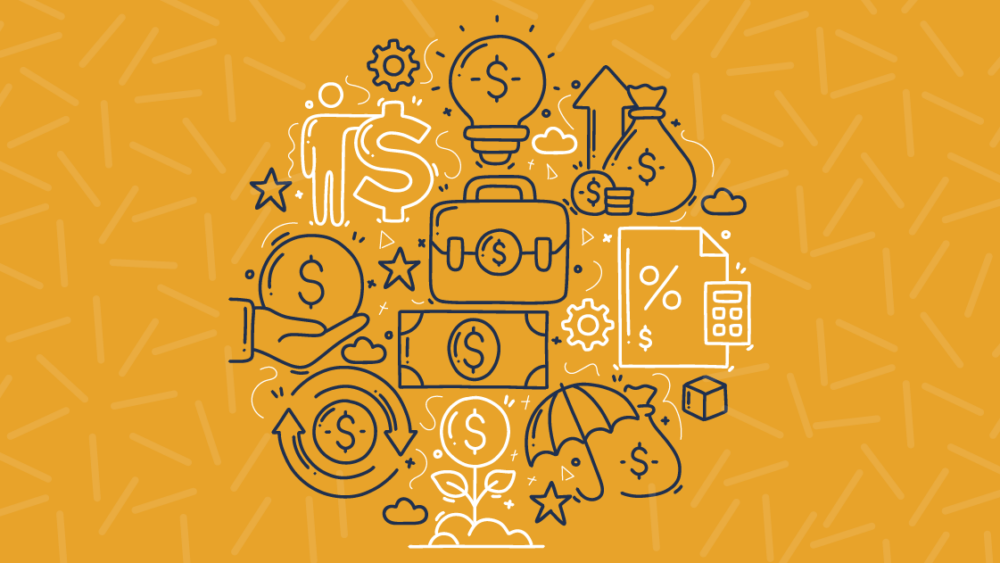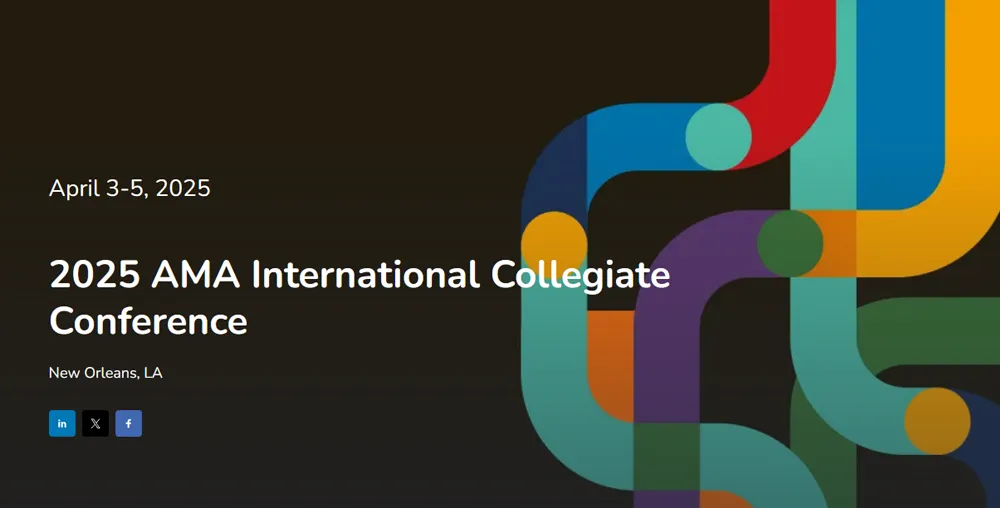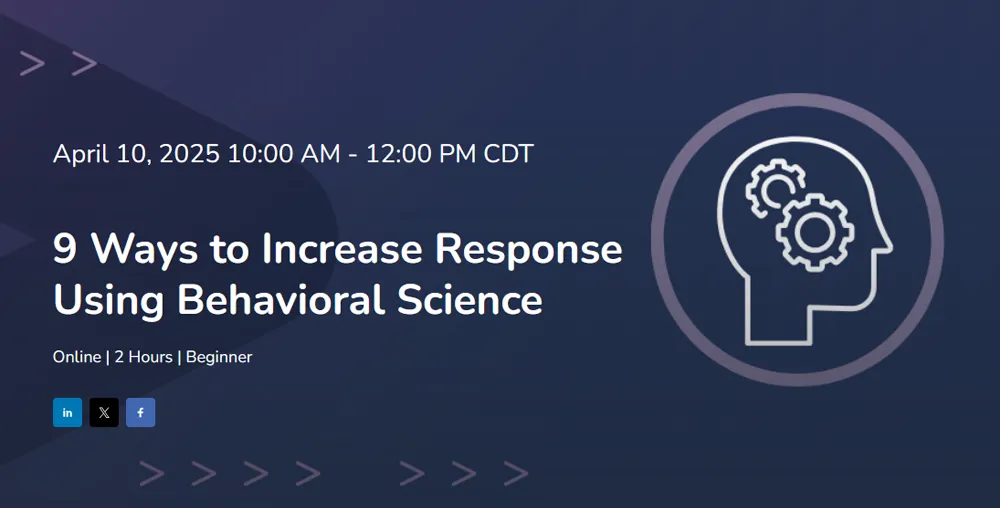The event industry was hit hard by the lockdowns and travel restrictions, but trade shows and other in-person activities have recovered fast ever since the international and domestic travel restrictions were lifted. Events are back, but many things have changed.
Event venues and trade shows are eager to claw back lost profits and have adjusted their operational models after a challenging 2+ years. Most noticeably, contract risk is being transferred to the buyer side, so you will need a skilled legal team to negotiate contracts with event venues and trade shows. Event formats have also changed, as hybrid events are here to stay. While hybrid events offer interesting opportunities for multimedia marketing approaches, this change presents both challenges and opportunities for field marketing.
Here are five top tips for getting the best bang for your buck in this new economic environment.
1. Leverage Low-risk and High-Reward Event Formats
Does your company have a small budget, but you would still like to leverage in-person interactions in lead generation? Try ancillary events, which require smaller investments but can bring great ROI when the campaign is executed right. First, make sure to pick a time and a venue that are convenient for your target audience. Low-commitment formats, such as networking drinks reception with flexible schedule, gamified programming, icebreakers, and lightning talks (15-minutes max) are great for attracting an audience from nearby the event venue or a local industry hub and allow your sales team to set meetings and network in a low-pressure environment. If you are organizing the event in conjunction with a trade show, remember to check with the event organizer that you are in compliance with their ancillary event guidelines. Most of the time you can get permission to organize an ancillary event in near proximity even if you are not exhibiting, because ancillary events can also create good visibility and buzz for the event by drawing in people who did not purchase a pass, but might be potential attendees and exhibitors for future conferences.
Next you need to think about programming for your ancillary event. Just like with any marketing messaging, the “temperature of the message” should match the recipient. Delivering a sales pitch or running a full demo might not be the best approach with leads that are still in the information gathering phase, but there are ways to deliver the message in a more service-oriented way. Gamification is a great way to introduce your offering without an unwanted sales pitch. Are you selling software or a scientific solution? Create a quiz featuring geeky humor or trivia questions that link to your product. Are you selling consulting services? Create a networking challenge where participants need to collect stamps from your team members and partners in order to participate in a gift card raffle. The options are limitless, but keep it casual and low-commitment.
2. Leverage Existing Networks for Resources
Budget cuts are hitting many marketing teams, but take this as an opportunity to think resourcefully and enhance existing and new partnerships with co-marketing. Invite your partners and customers to your ancillary events and your booth and allow them to be your advocates while also giving them an opportunity to sell their own offerings. You can share email templates, ad creatives, and campaign copy and ask them to co-market with you. This way you can leverage each other’s networks. Customers and partners are also wonderful speaker candidates as nothing sells better than a sincere review from people who are actually working with you and using your services or products.
Field marketing should always work in sync with the rest of the demand generation team, so seize the opportunity to provide content for digital campaigns whenever possible. In-person events are a great opportunity to develop customer and partner testimonial videos, case studies, press articles, and interviews with influencers. Don’t miss these opportunities as this is content that can potentially live for years to come!
3. Create (and Follow) a Clear and Efficient Event Marketing Cycle
Timing makes a great difference in successful field marketing campaigns. Generally, field marketing campaigns are divided into three phases: pre-event, real-time, and post-event. During the pre-event phase, you will put together email marketing lists based on target personas and audience, run paid ad campaigns, direct traffic to landing pages, and tailor the messaging towards each buyer persona. You might want to run several ad groups and change your email messaging to match the funnel stage and target persona. Generally, it is good to launch campaigns 4-5 weeks before the event. Start with a more informational approach and create urgency over the last two weeks of the campaign with CTAs such as “XYZ Incentive for First 40 Registrants”, “Last Chance”, “Only a Few Slots Left,” and a more formal news/press release tone and formatting. Keep the copy simple and use graphics sparingly, as some email providers will not load graphic content properly and your email might also end up in a spam folder, which is bad news for your IP score.
Real-time event marketing is often an overlooked field, which requires both technical and organizational alignment. There are several powerful lead-capture solutions on the market that allow you to connect your lead capture with your CRM in real time through API access. Once the system is set up, your leads will show up on your CRM as capture happens for immediate follow-up, even by off-site colleagues. Make sure that priority leads are tagged, so that they flow to the right sales representative’s bucket for more personalized follow-up whereas the other leads can be directly routed to SDR for real-time follow-up. Depending on the warmth of the lead, you can either go straight to scheduling a meeting or simply send out more information or an invitation to a webinar or ancillary event.
Post-event follow-up is an important stage where your marketing investment is getting converted to real ROI. Make sure all leads are contacted in a timely manner and match the messaging with the lead warmth. Make the approach feel special by offering exclusive access to on-demand recording from the presentation, a new case study or white paper, and give an opportunity to connect directly with your technical experts for in-depth consultation. Most people expect a follow-up from an event within 48 hours.
4. Fill the Information Gaps With Powerful Marketing Technology
Event organizers are increasingly limiting access to attendee lists due to increasingly strict data regulations and also for the sake of additional revenue. Therefore pre-event prospecting has become increasingly challenging, especially when many companies have significant data gaps from 2020 through half way of 2022. Fortunately marketing technology has also developed a lot over the past couple of years and there are workarounds.
Most ad platforms like Google, LinkedIn, and Twitter allow options for geofencing ads and creating custom audiences. Is your company operating in the pharmaceutical industry? Run geofenced ads around the pharmaceutical hubs and another set of geofenced ads around the event venue a few days before the show and throughout the conference. As mentioned above, you can also practice co-marketing with your partners and leverage their network or influence.
New marketing technology, such as intent data has been utilized in the B2C sector for a while, but it is now increasingly available for the B2B sector. Leading providers include Bombora, a company that pioneered the technology, and ZoomInfo, which offers several integrations with other marketing technologies. According to Gartner, there are four types of intent data: search, engagement, firmographic, and technographic. Search and engagement data tell you which companies are currently searching for solutions, while firmographic describes organizational details (e.g. headcount, revenue), and technographic data reveals details about their current technical infrastructure. By integrating and analyzing this data, you can put together email marketing lists and set targeted ad campaigns to target organizations that are ready to buy.
5. Don’t Drop the Ball!
Follow-up is possibly the most important stage in any marketing campaign, as this is the point where you are making sure to get bang for your buck by converting leads. Most people expect a response within 48 hours. To make this work in practice, several pieces in both organizational alignment and your marketing tech stack need to fit together. First, make sure to have clearly defined roles and responsibilities. Who is in charge of capturing the leads? How about getting them routed? Who follows up with leads in the MQL (marketing qualified lead) stage and who takes on the priority leads? Make sure to have roles clearly defined and service level agreements in place.
Your marketing technology also needs to be geared up for quick action. Automate as much as possible by using lead capture technology that can be integrated with your CRM, use lead scoring rules and automation rules for lead routing, use alerts, and enforce good sales practices for information gathering to get all calls, emails, in-person conversations and everything in between logged in to your CRM. This information can make or break that billion dollar deal.









Comments are closed.